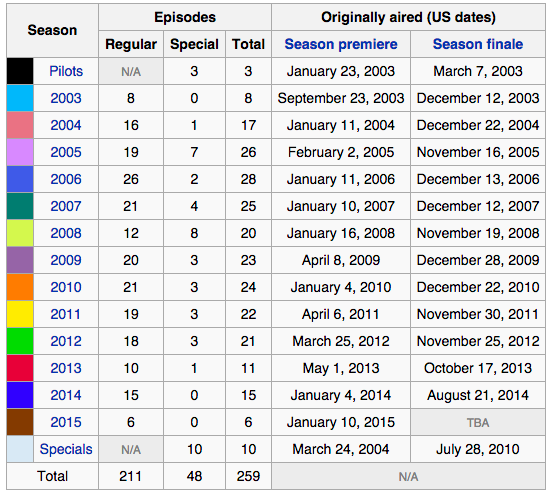Tag: documentary
-
A Rock Crawler and Wildlife Film Making
Reading Time: 2 minutesWhen Gordon Buchanan was following bears in the United States we watched the resulting documentaries on television. We have seen him a number of times in episodes of countryfile as well. Now he is working on getting footage of wolves in the wild. For this project he is staying out in the…
-
Human – A Yann Arthus-Bertrand documentary
Reading Time: 2 minutesThe French have an interesting history of documentary film. Jean Rouch explored social questions with his film Chronique d’un été, a revolutionary film at the time because of the tech that they used. The Cinéma Eclair and crystal sound sync. A few decades later Yann Arthus-Bertrand is following in Jean Rouch’s footsteps…
-

Mythbusters: A Fun Documentary Series
Reading Time: 2 minutesRecently Netflix Switzerland made Mythbusters available on their service. As I watched episode after episode I noticed the camaraderie between those who participate in the show. We see that Adam and Jamie occasionally argue but that overall they are having a lot of fun. We see them laugh, joke, tease each other,…
-
Tudor Monastery Farm – A documentary series
Reading Time: < 1 minuteI took advantage of a rainy day to watch a series of documentaries by the BBC called Tudor Monastery Farm. It is a documentary series where three individuals live the life people would have lived at the relevant time period for a year. During this year they try farming, mining, fishing…
-
Edwardian Farming, a BBC documentary series about the life of Edwardian farmers.
Reading Time: < 1 minuteI really like this documentary series about Edwardian Farming. it is a fly on the wall documentary following three people through a year on an edwardian farm close to Dartmoor. They experiment with market farming, food preparation of the time, trout farming and so much more. It is relaxing and without…
-
The Editorial Process at Charlie Hebdo
Reading Time: < 1 minuteCharlie Hebdo, Before the Massacre from The New York Times – Video on Vimeo. I love this glimpse in to a Charlie Hebdo editorial meeting. I like that we see the creation of caricatures that are now so well known and familiar.
-
Monkey Thieves, Great in HD
Reading Time: < 1 minuteMonkey Thieves is a documentary about the Gulta Gang, a gang of monkeys in India wreaking havoc. What I love about this documentary is that it’s a great topic in HD. You see all the details. You see the faces, you see how they eat a grape but throw away the…
-
The 50 Years of the City Club cinema in Pully
Reading Time: 2 minutesI was in Pully this weekend for the fifty year celebrations of the City Club Cinema celebrating half a century of existence. There were a number of special events, from a silent film being screened with a live orchestra to a number of documentaries being screened as well. I particularly enjoyed the…